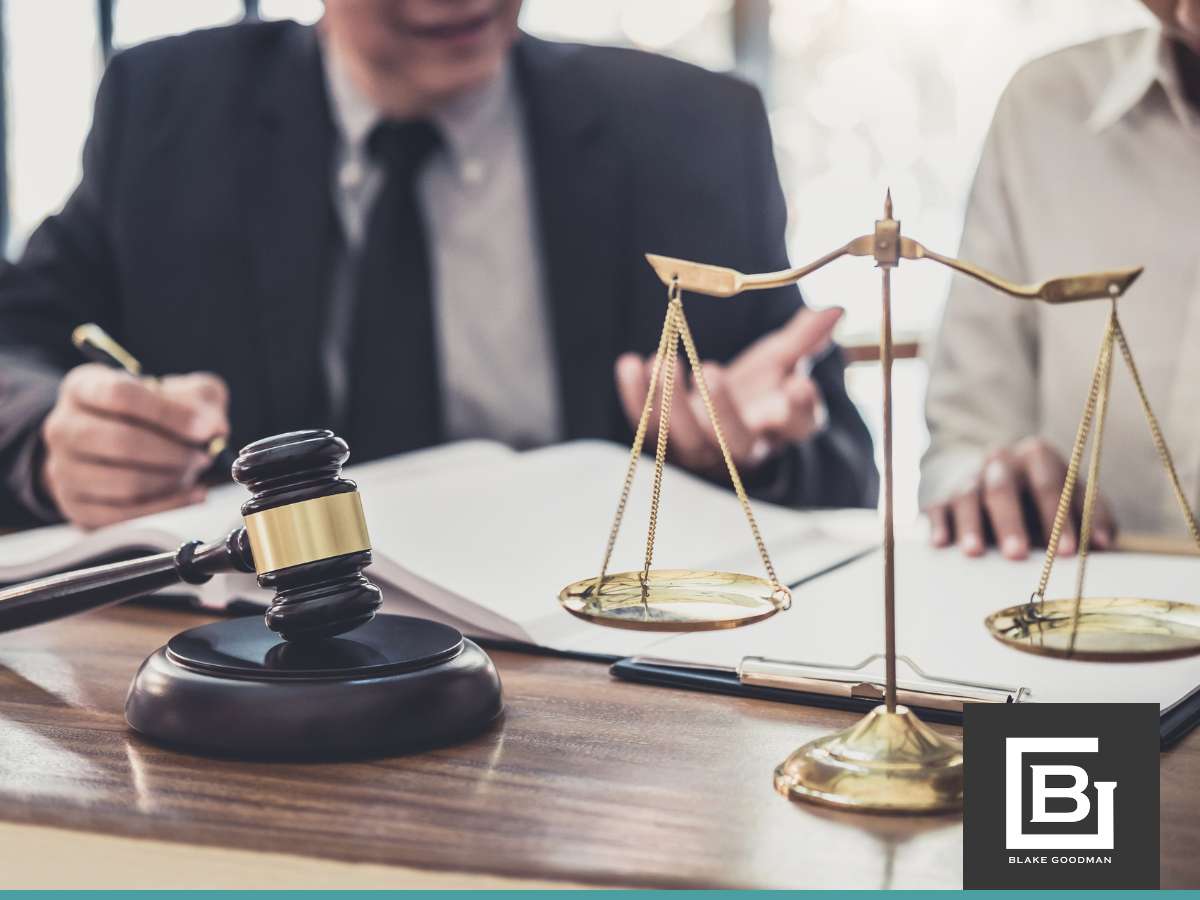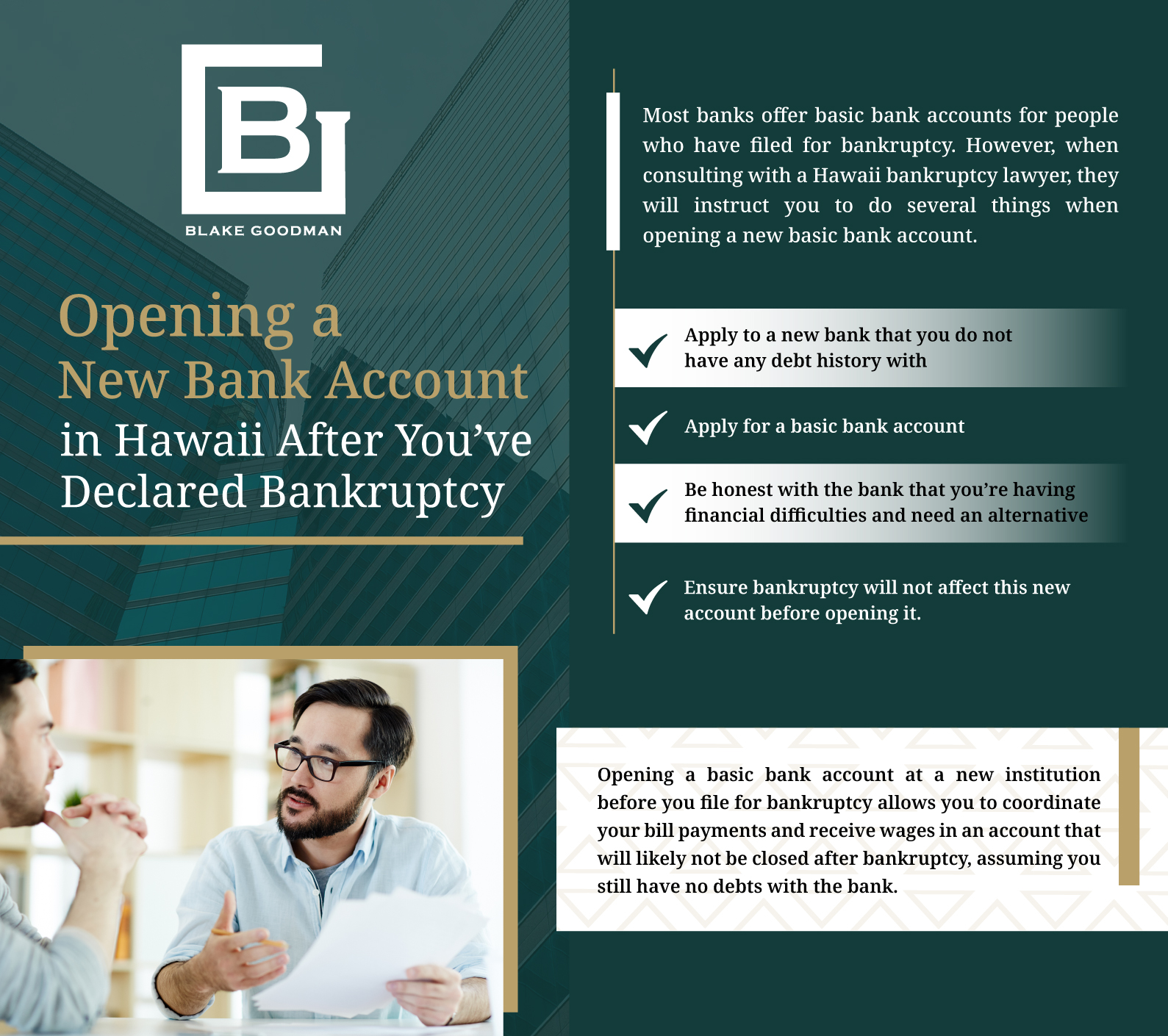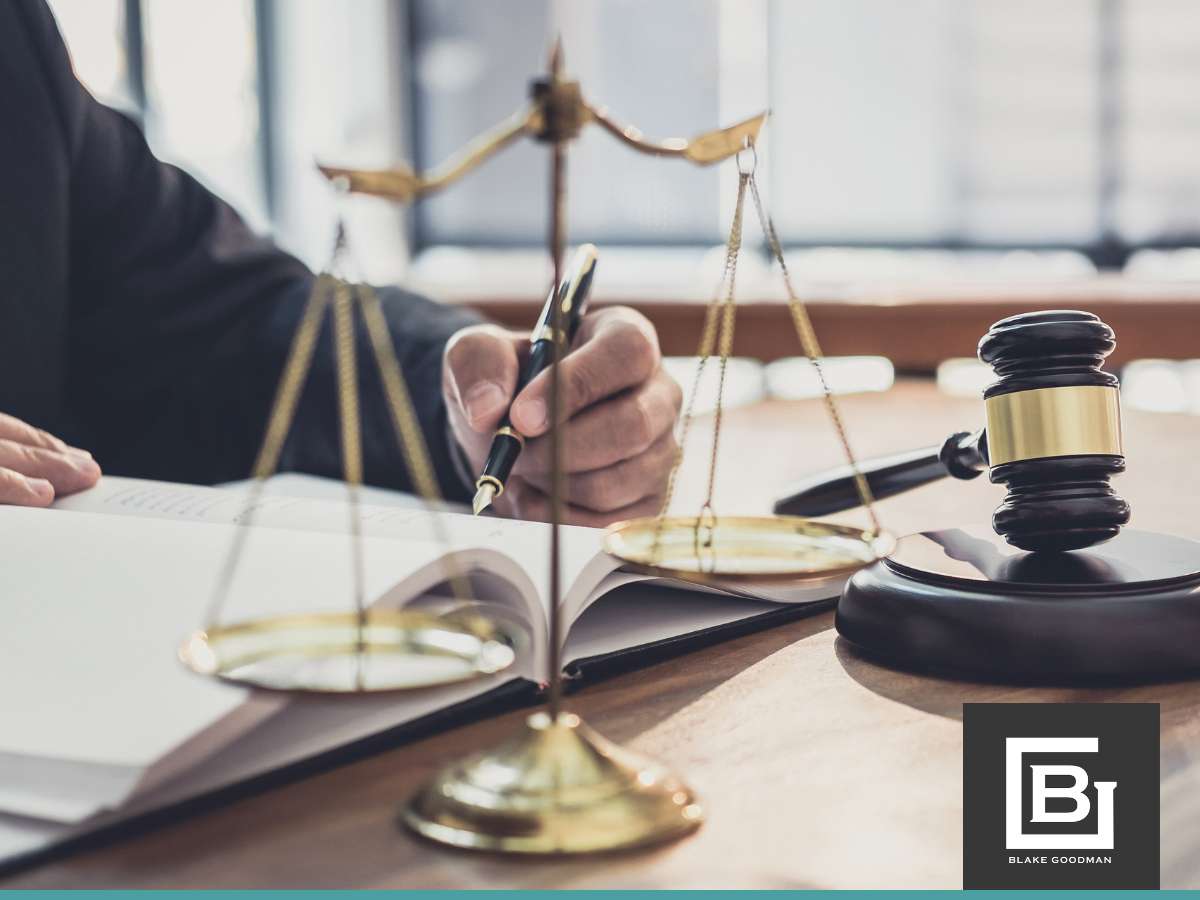Can Bankruptcy In Hawaii Impact Your Current & Future Bank Accounts?
 After you file for bankruptcy in Hawaii, your life is impacted in several ways. An impact of bankruptcy that people often ask bankruptcy filers about is whether or not they will be able to open new bank accounts or hold their current ones.
Whether or not your bank accounts will be closed depends on which chapter of bankruptcy you file for. In Chapter 7 bankruptcy, all of your assets will be liquidated to pay off debts, this can include your non-exempt bank accounts. In Chapter 13 bankruptcy, which involves a repayment plan, you may be able to keep your property, including bank accounts.
Keep in mind that the policies of individual banks can vary, however, and they may have their procedures or restrictions during bankruptcy. It’s not unlikely that you will be required by the bank to give up your bank accounts if you have overdrafts or other debts with them. If it is closed, the remaining money will go to the official receiver in charge of your case.
After you file for bankruptcy in Hawaii, your life is impacted in several ways. An impact of bankruptcy that people often ask bankruptcy filers about is whether or not they will be able to open new bank accounts or hold their current ones.
Whether or not your bank accounts will be closed depends on which chapter of bankruptcy you file for. In Chapter 7 bankruptcy, all of your assets will be liquidated to pay off debts, this can include your non-exempt bank accounts. In Chapter 13 bankruptcy, which involves a repayment plan, you may be able to keep your property, including bank accounts.
Keep in mind that the policies of individual banks can vary, however, and they may have their procedures or restrictions during bankruptcy. It’s not unlikely that you will be required by the bank to give up your bank accounts if you have overdrafts or other debts with them. If it is closed, the remaining money will go to the official receiver in charge of your case.
Closed Bank Accounts When You Go Bankrupt
Upon declaring bankruptcy, your bank will immediately freeze all of your bank accounts even if you have no debt with them. This will only happen for a few days and gives your official receiver a chance to check your transaction history. Once the freeze is over, your bank may completely close your account. In some cases, a bank will let you keep a basic account with them, but you would likely have to go to a different bank to open a new account if necessary. Many people require bank accounts to receive their paychecks and pay household bills. Hawaii bankruptcy lawyers may advise you to open a bank account at a different institution before going bankrupt to ensure your household bills and wages are not affected.Opening a New Bank Account In Hawaii After You’ve Declared Bankruptcy
Most banks offer basic bank accounts for people who have filed for bankruptcy. However, when consulting with a bankruptcy lawyer, they will instruct you to do several things when opening a new basic bank account.- Apply to a new bank that you do not have any debt history with
- Apply for a basic bank account
- Be honest with the bank that you’re having financial difficulties and need an alternative
- Ensure bankruptcy will not affect this new account before opening it.

Alternatives To Traditional Banks
If a traditional bank is not an option or you’d rather consider something else, there are two alternatives: Post Office card accounts and Prepaid card accounts. The downside is these accounts may not have the same benefits of a bank account and they may charge fees. Contact your bankruptcy attorney for the best path for you to take.Post Office Card Account
These types of accounts are free and helpful for people who only have a state pension or benefits as their income. All of your benefits will be paid onto this card, but if you receive wages or other income, you will have to find another route. This card will allow you to withdraw money, but unlike a traditional bank account, you will not be able to use it as a debit card or for anything that requires direct deposit, such as paying your bills. Many companies offer savings for direct deposit payments, which is a benefit you will lose with this card.Prepaid Card Accounts
Prepaid cards are another helpful option, but they can come with hefty fees. Most have a monthly charge of $10 or more as well as other fees for reloading and transactions. However, unlike Post Office card accounts, you can use a prepaid card like a debit card.
Additionally, prepaid cards often allow paychecks and sometimes benefits to be paid directly onto the card. They may also allow you to set up regular bill payments on them so you can receive the direct deposit bill payment savings offered by some of your billing companies.
How Joint Bank Accounts & Bankruptcy Work
What if you use a joint account and only one person on the account goes bankrupt? The bank will still freeze your account for several days. However, once your account is unfrozen, the bank may do one of two things:- A bank may close out the joint account, giving half of the money to the other person.
- Allow the other person to remain on the account as the sole owner while removing your name. In this situation, half of the credit balance is taken and given to the official receiver.
If You’re Considering Bankruptcy, Reach Out to Our Experienced Bankruptcy Attorneys!
Considering bankruptcy can be a challenging and complicated step, but don’t wade through it alone! Our Hawaii bankruptcy attorneys at Blake Goodman P.C. are here to help with years of experience under our belts! As Hawaii’s largest bankruptcy filers, we have the resources you need to get back on track. Contact our office today for peace of mind as you walk through the steps of bankruptcy.
Blake Goodman received his law degree from George Washington University in Washington, D.C. in 1989 and has been exclusively practicing bankruptcy-related law in Texas, New Mexico, and Hawaii ever since. In the past, Attorney Goodman also worked as a Certified Public Accountant, receiving his license form the State of Maryland in 1988.
Rate this Post





